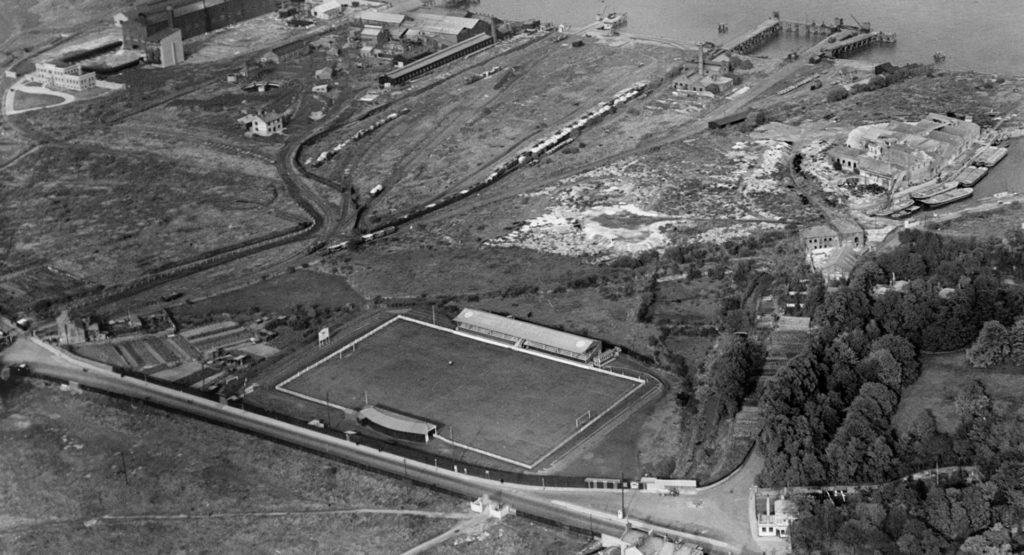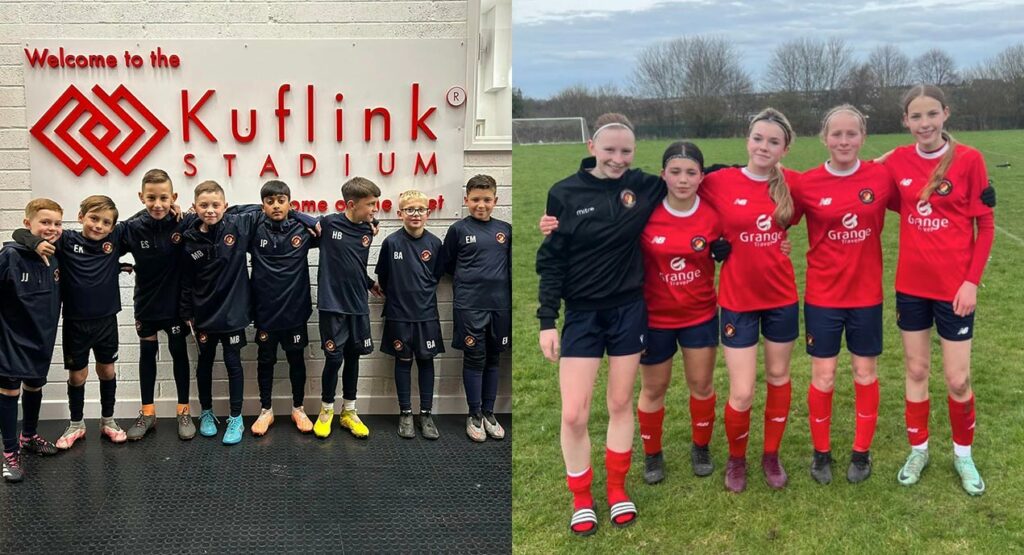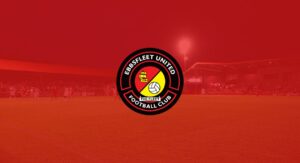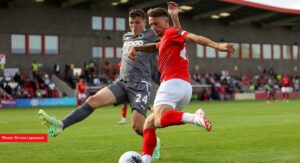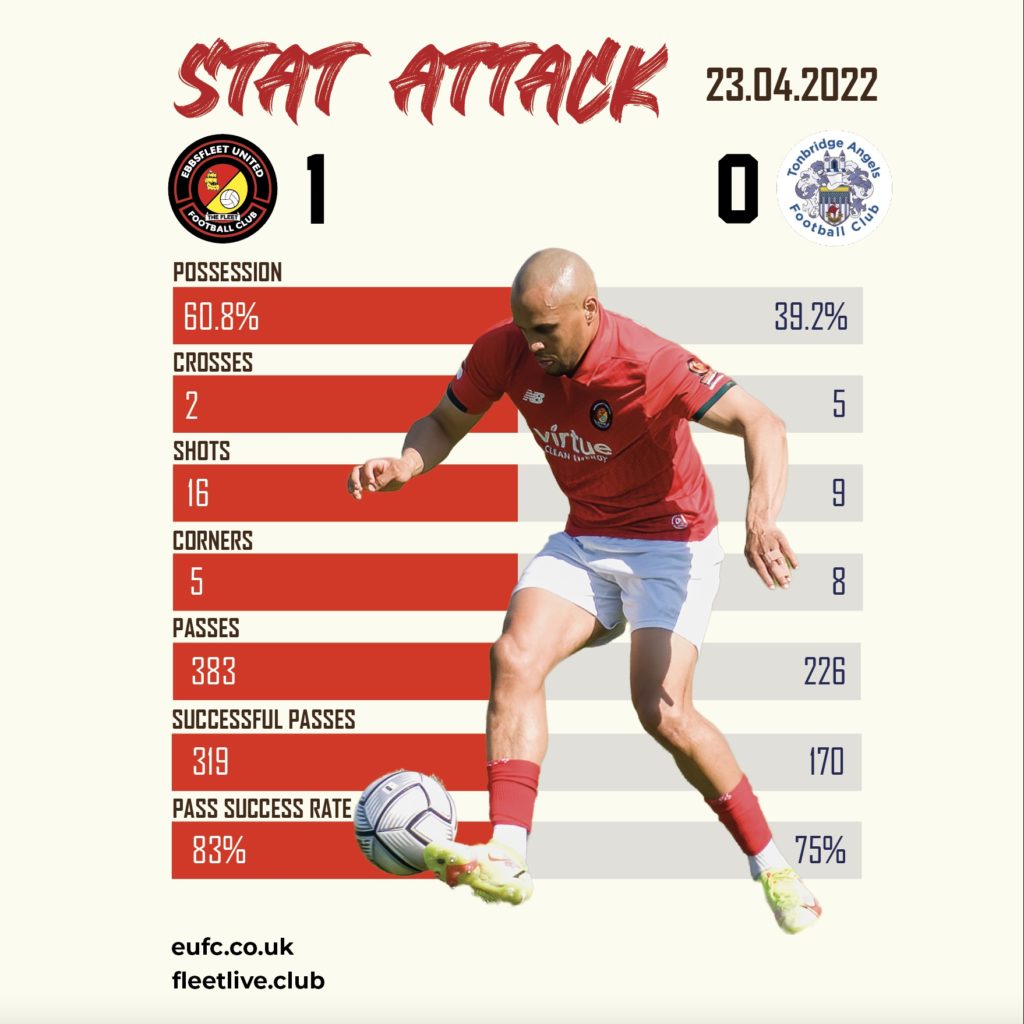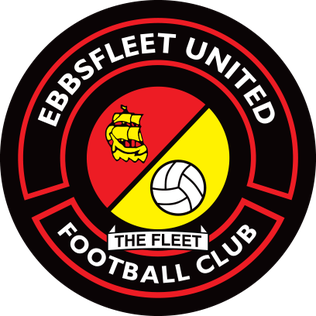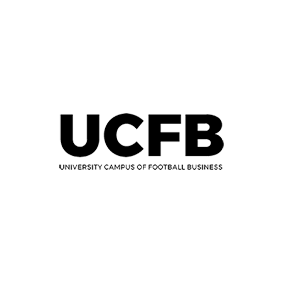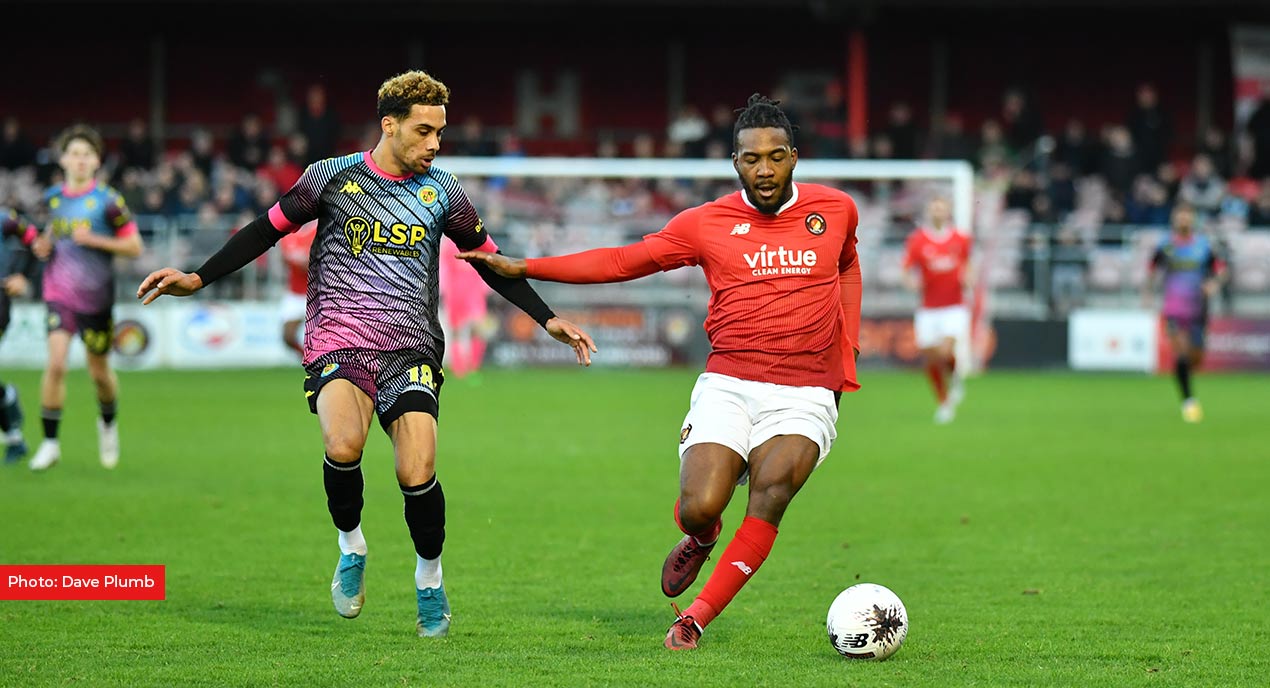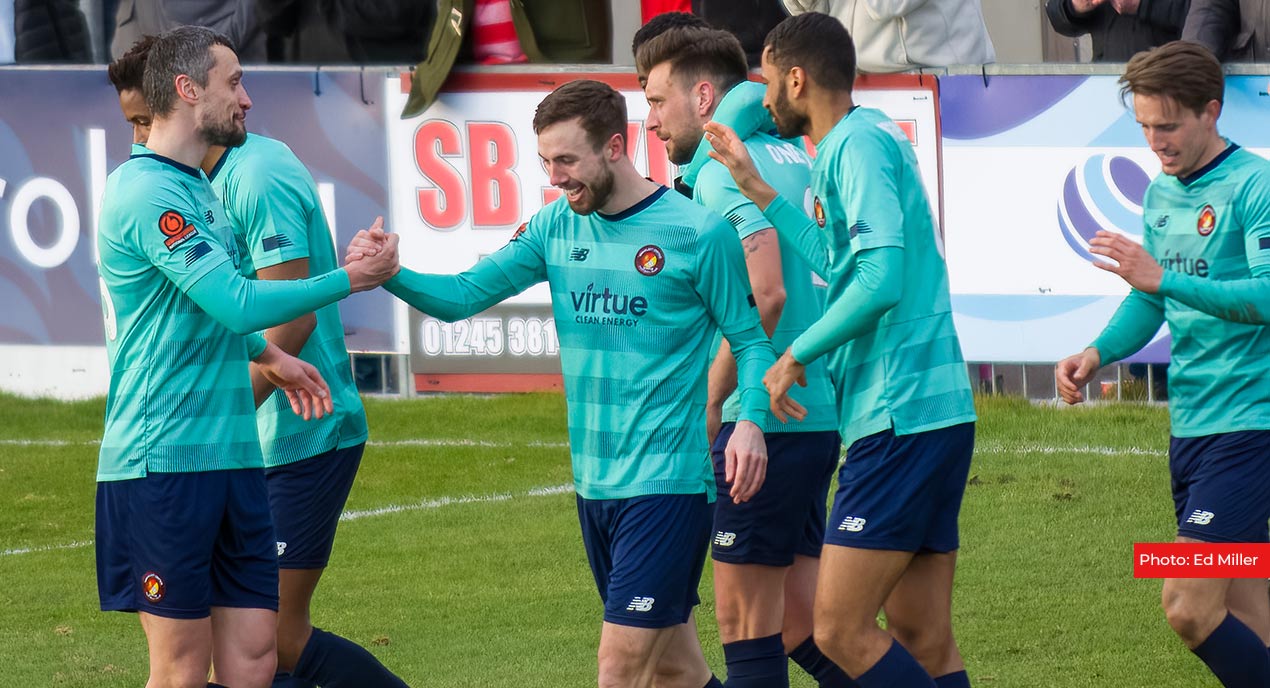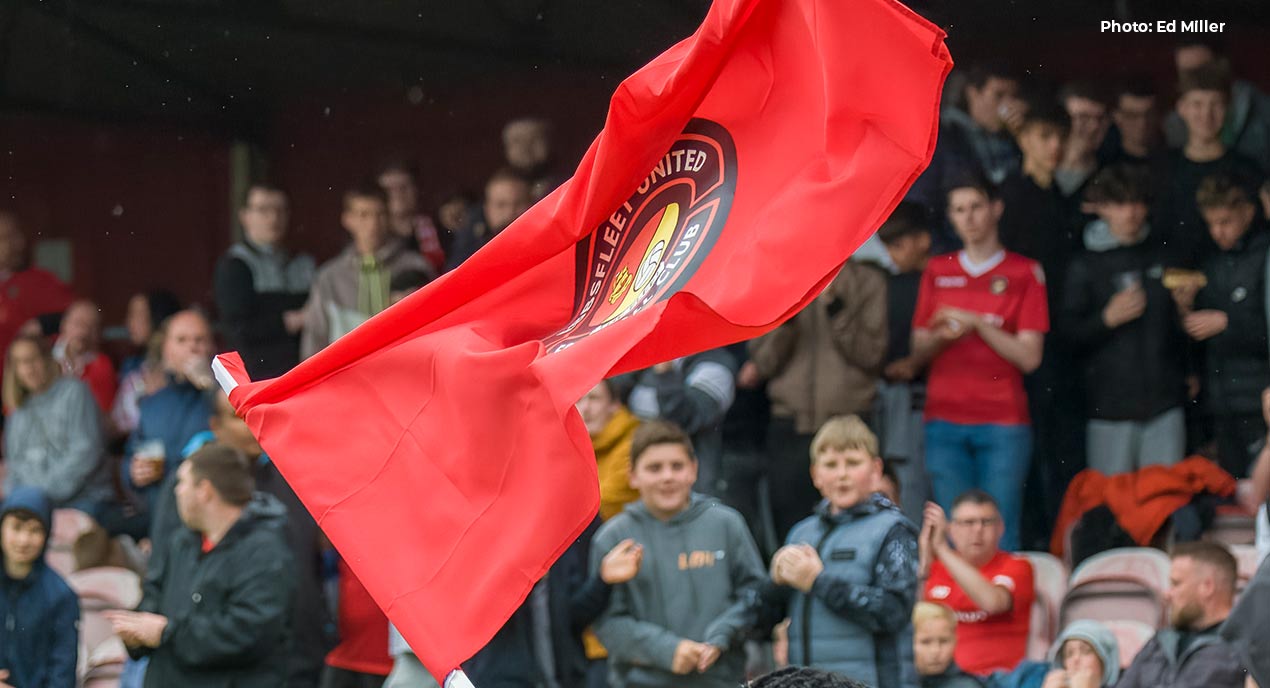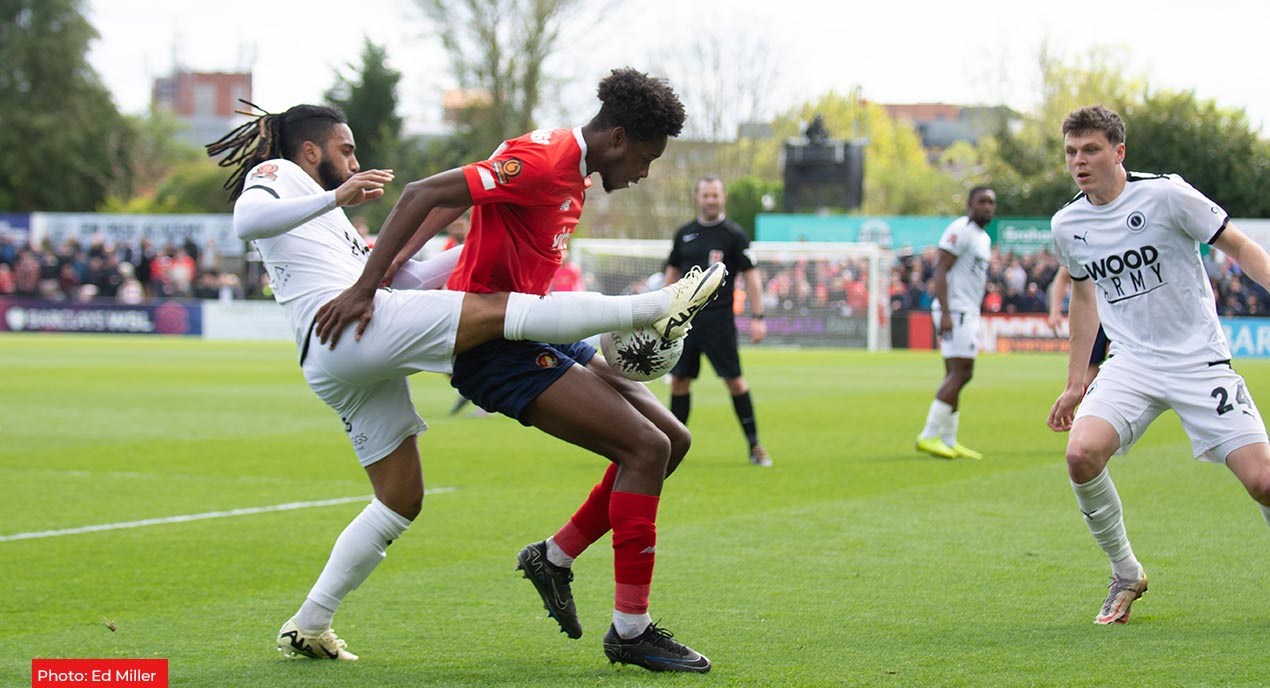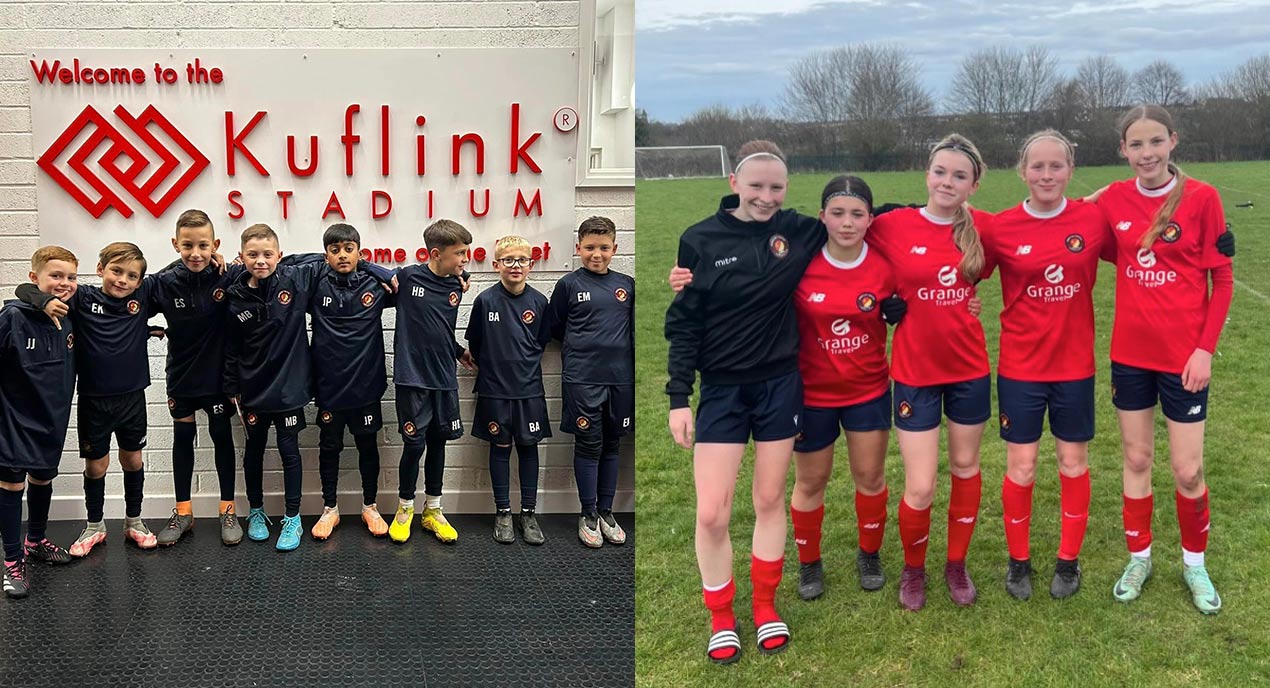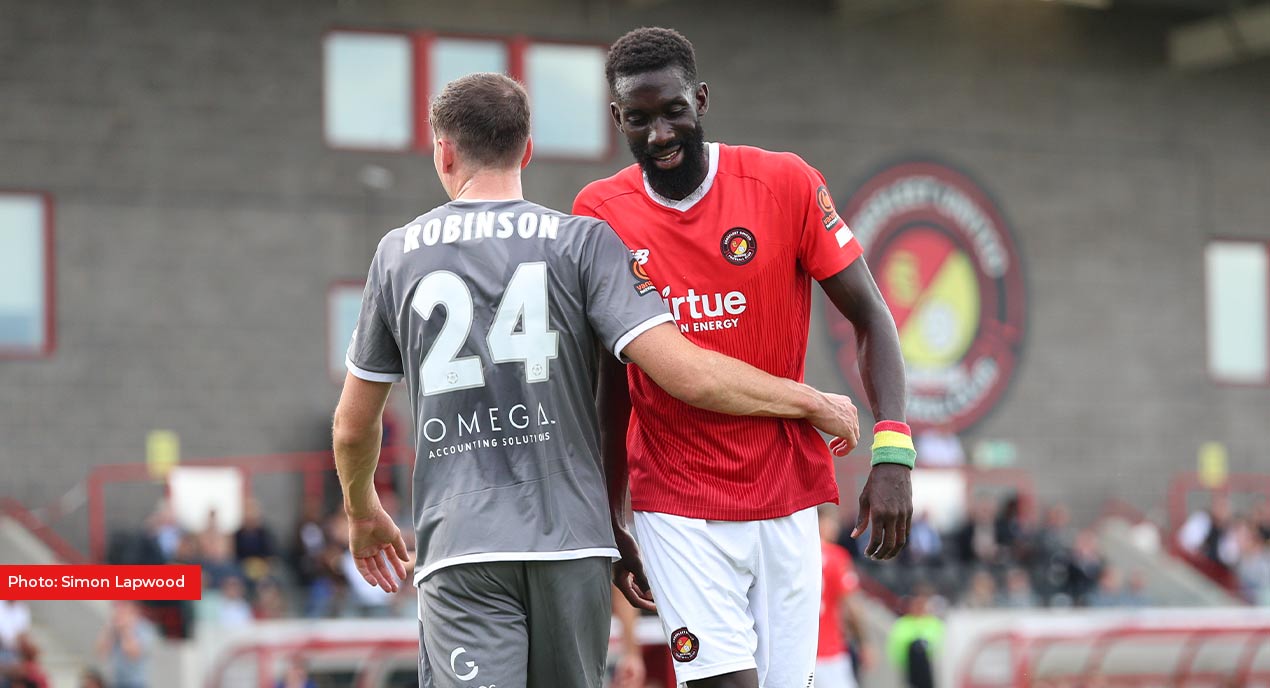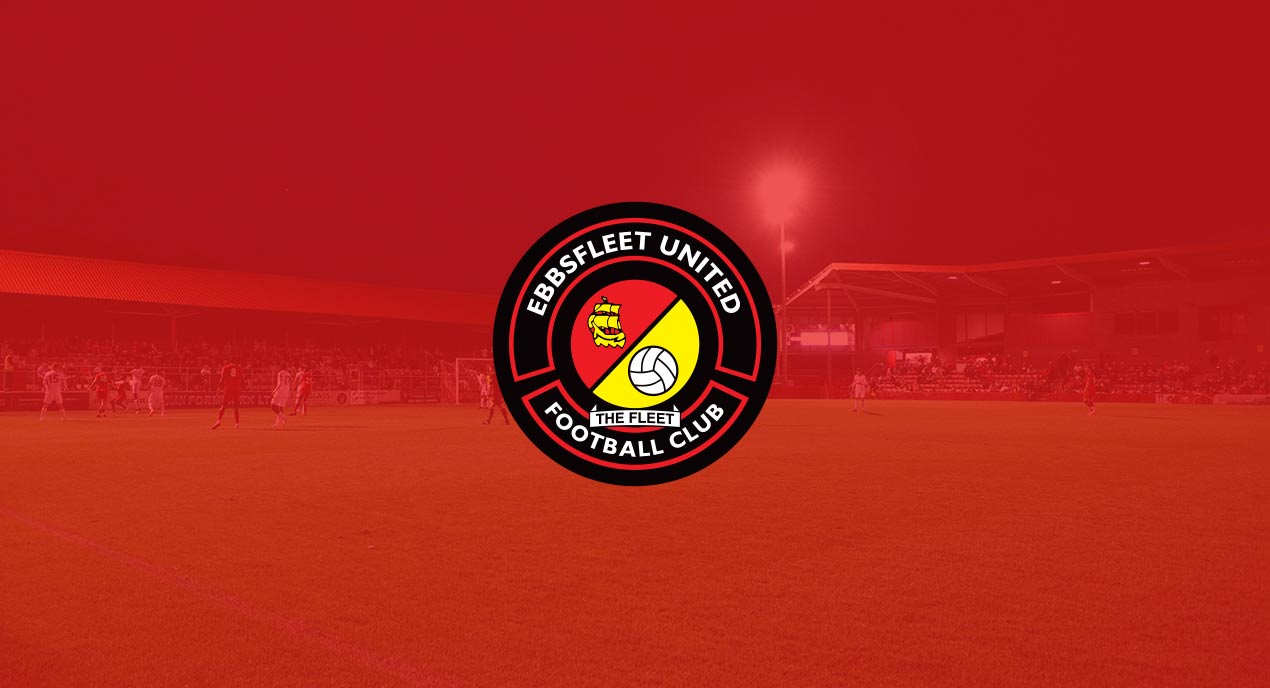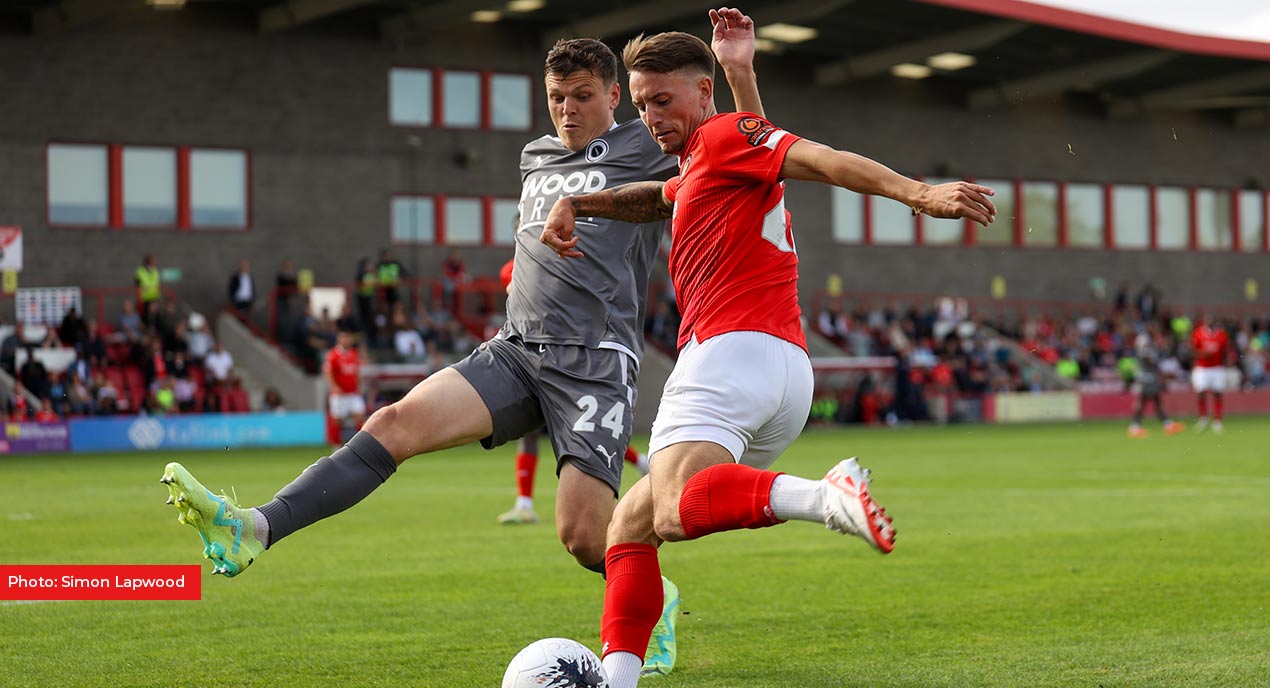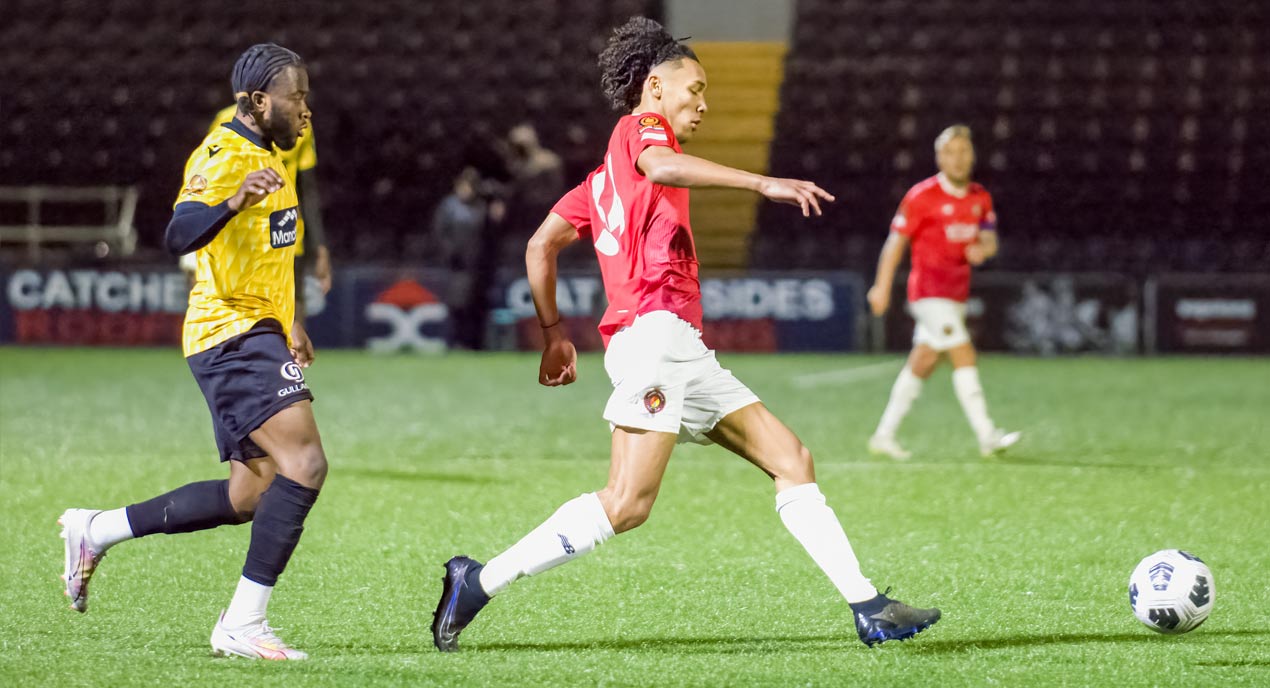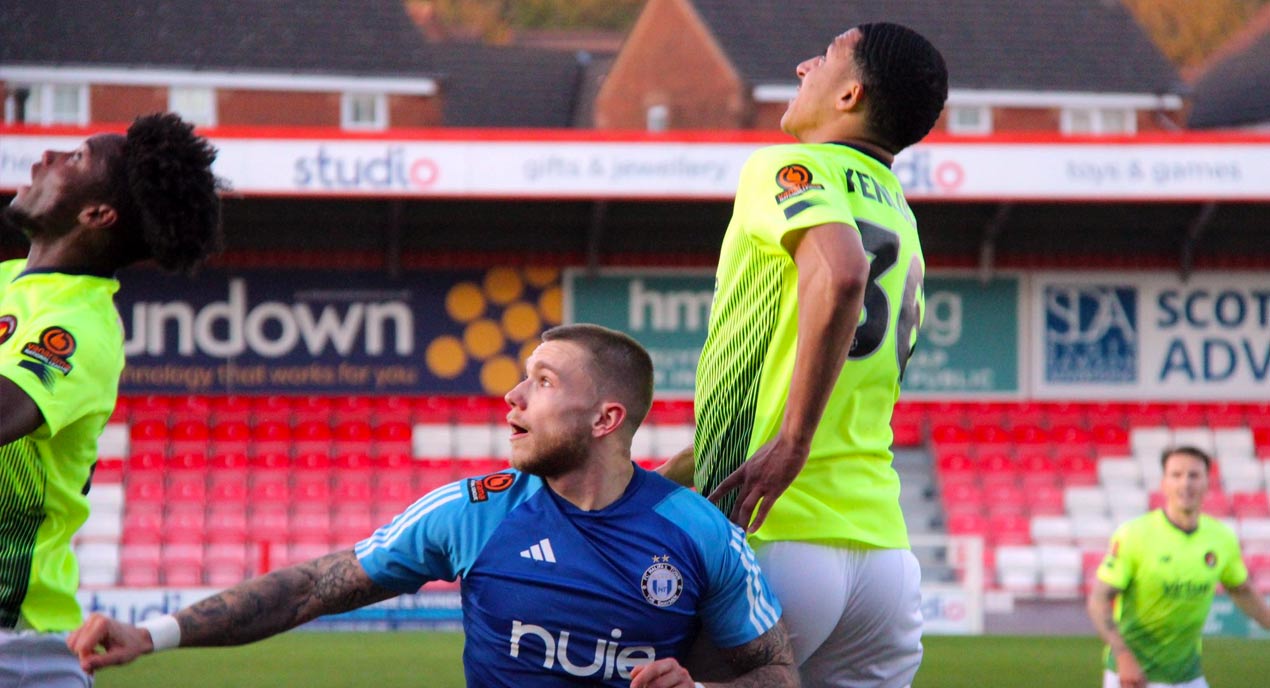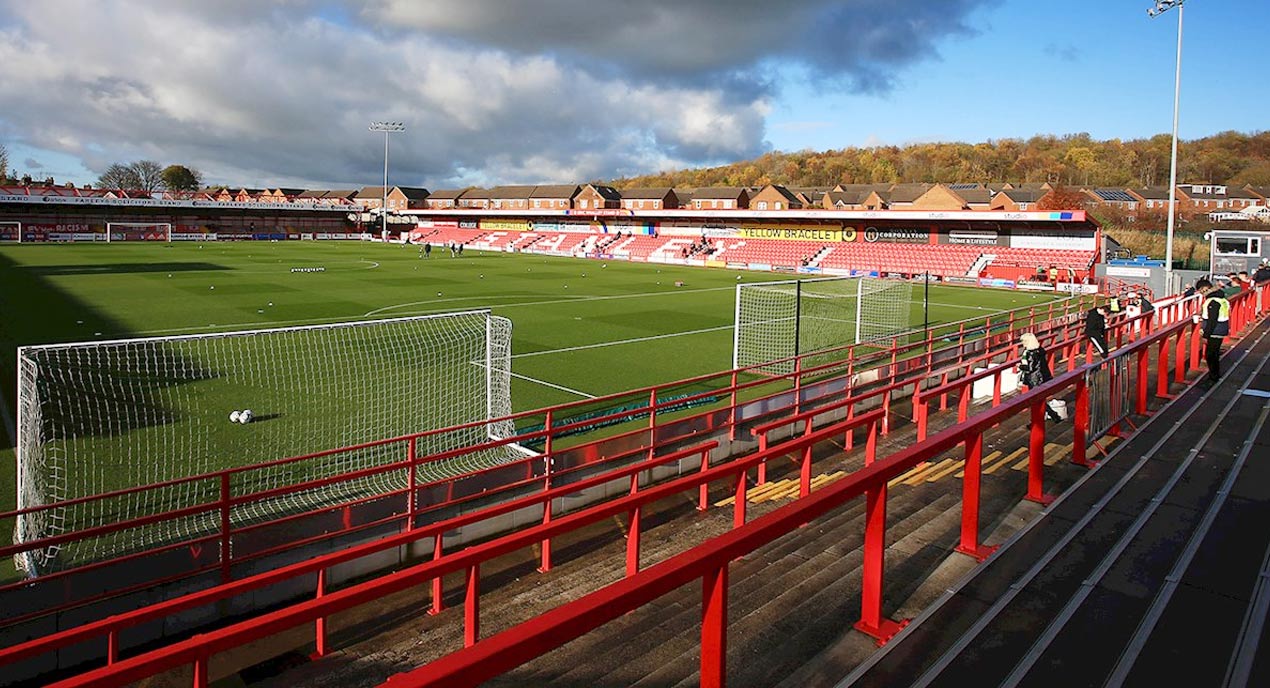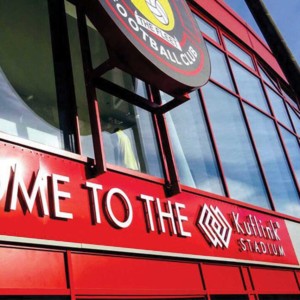When it all began is easy enough seeing as we’re celebrating the 75th birthday of the club today (June 3rd) as a result of this day in 1946 when Gravesend & Northfleet Football Club was formed as a limited company.
Where it all began is quite another matter, but Gravesend’s Clarendon Royal Hotel is as good a place to start as any.
Opened in 1845 as a hotel on the site of a home built for King James II and later owned by Lord Clarendon, by 1945 the building was run by Joe Davies, chairman of Gravesend United.
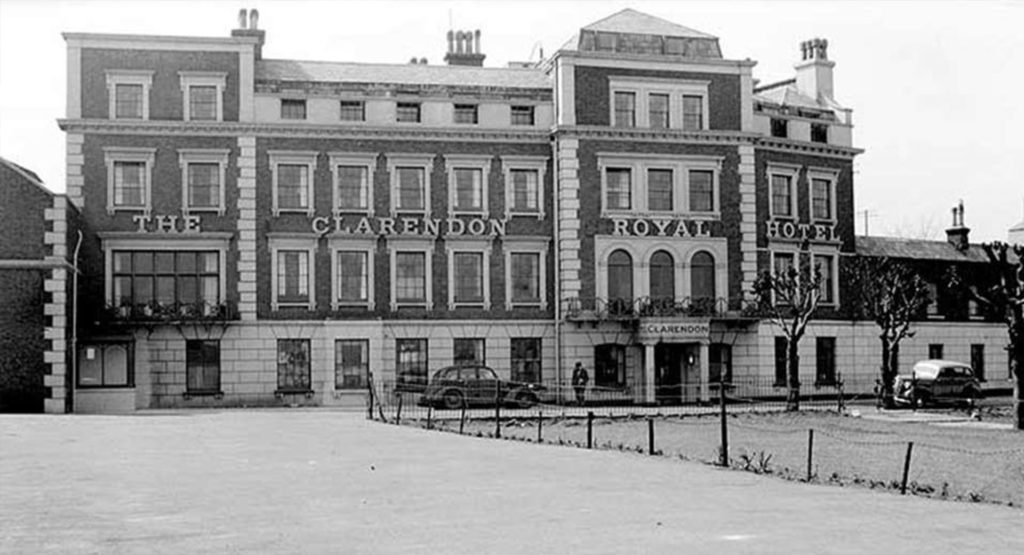
That club had continued to play through the war years at its Central Avenue ground, participating in the Kent Wartime League, and remained solvent as peace arrived in 1945. Local neighbour Northfleet United was in a wholly different state of readiness, however.
Having shut its gates at Stonebridge Road on the outbreak of the conflict in September 1939, the former giants of the Kent League were in a sorry state. Joe Lingham, the man who had helped form the club in 1891 as a player and guided it through one conflict as chairman and later president, had died in 1943. The club’s ground was in disrepair, the pitch hidden beneath a canopy of overgrown weeds and grass, the surface damaged and the only life it had hosted in six years were a few sheep grazing on it.
A merger between Gravesend United and Northfleet United had been discussed, investigated and dismissed to varying degrees on three or four occasions since the 19th century, but never seriously after Gravesend’s period of dormancy from 1914 to 1932.
But in the convivial surroundings of the Clarendon in the immediate aftermath of the Second World War, those ideas were resurrected. Gravesend United had contested the 1945/46 season in the Kent League while national football was still to get fully back to its pre-war state. The club finished a creditable third behind Gillingham and Folkestone with a solid financial footing – but little chance of progress amidst declining support and poor facilities.
Northfleet’s surviving officials, meanwhile, had given idle thought to a return but in July 1945 postponed any decision for a year, citing the fact “the majority of younger supporters are still in service with HM Forces.” The highest-ranking official, club secretary Mr S Levett, had resigned so there was little appetite in Northfleet for a resurrection. Brief discussion had taken place with West Ham about a nursery arrangement similar to Northfleet’s pre-war one with Tottenham, but nothing came of it.
So one Tuesday night in March 1946, local timber merchant Charlie Barton met with Davies at his Clarendon Hotel and together with fellow Gravesend United official Charlie Carter, the trio formed their merger thoughts into a coherent action plan.
Their eyes were on securing Stonebridge Road, with Central Avenue dead in the water as a going concern for anything more than lower-level football. With £1,000 already funded, they sought to gather £2,500 more in the form of £1 shares. Barton was named chairman, with Carter as secretary.
This was announced at a dinner and dance evening at the Clarendon a short time later, with congratulations to the Gravesend officials who had soldiered on during the war years as well as toasts to the success of “the new Gravesend and Northfleet United [sic] Football Club and a first-class team worthy of the district.”
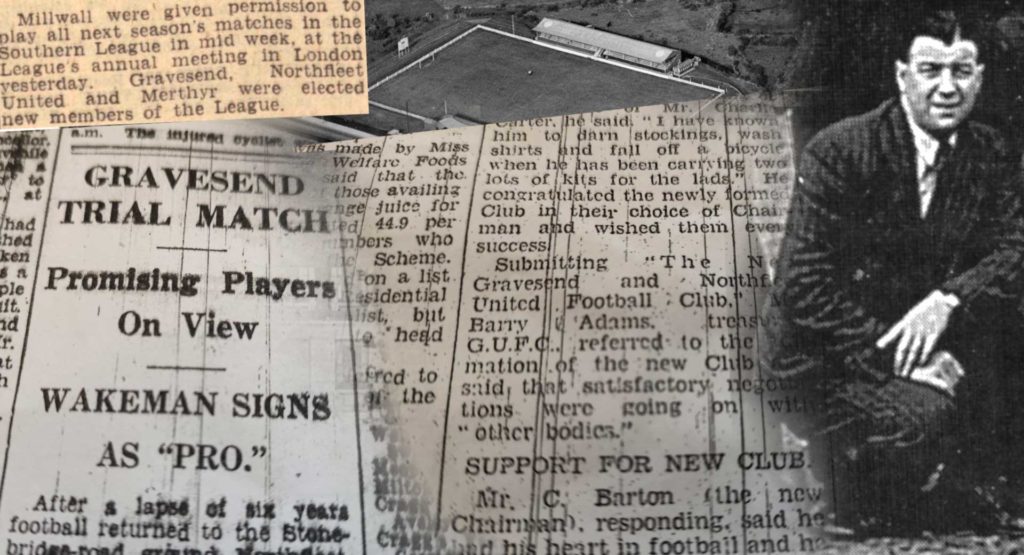
Events accelerated rapidly. Within two months, a five-year lease on Stonebridge Road had been negotiated with owners APCM (Portland Cement) and £1,000 was spent on purchasing from Northfleet United the Main Stand and the smaller ‘Rosherville’ stand opposite, along the roadside.
In early April, Northfleet United officially ceased to exist, its passing confirmed at Factory Hall up the hill from the ground, the scene of so many of that club’s important decisions over the previous half-century. The Kent League was the initial target for the new board, but their ambitions switched quickly to the Southern League. At the end of April, Gravesend manager George Pateman resigned, leaving the directors free to pursue a higher profile manager. By May, Northfleet officials had agreed to a merger and the new club-to-be was announced in the local press.
A band of hardy volunteers cleared the wilderness of a pitch, finding stones, rubble, refuse and even stubborn, thriving bushes and small trees embedded in the ground over the course of six years.
By June it had all come together. The necessary funding and share capital was in place and on June 3rd, 1946, the new company was formed. Gravesend & Northfleet FC was born.
Within a week, it had been accepted into the Southern League and employed a former Scottish international and Chelsea player in Andy Wilson as manager. Trials were arranged to supplement the experienced side Wilson hoped to bring in and, after six years of dormancy in Northfleet, the new club looked ahead with its first season less than three months away.
And here we are, 75 years later…



